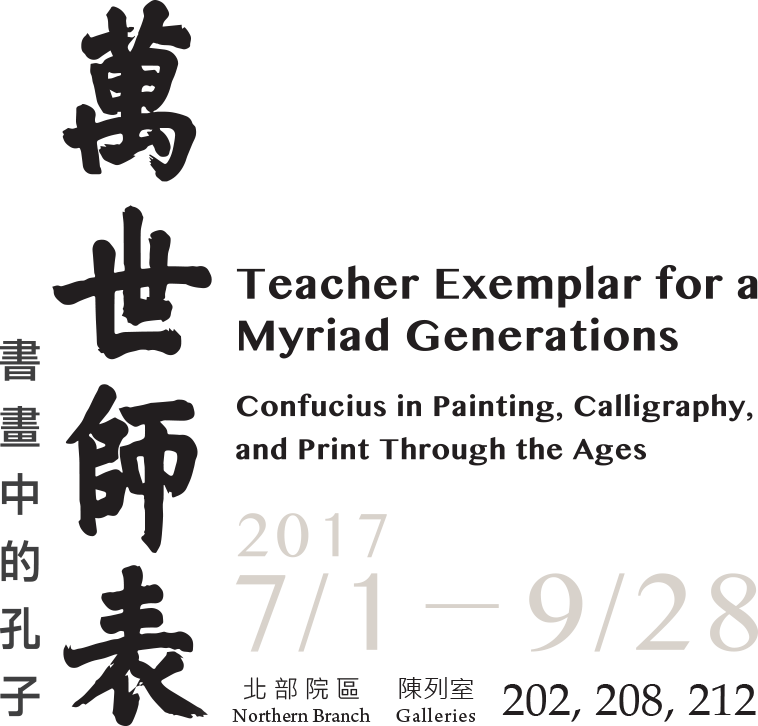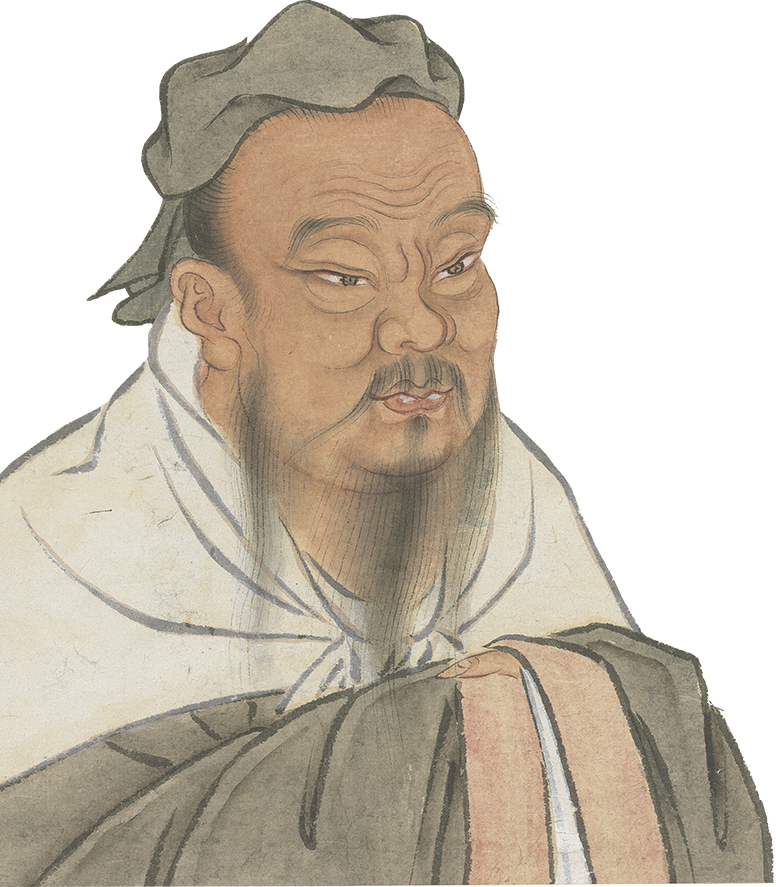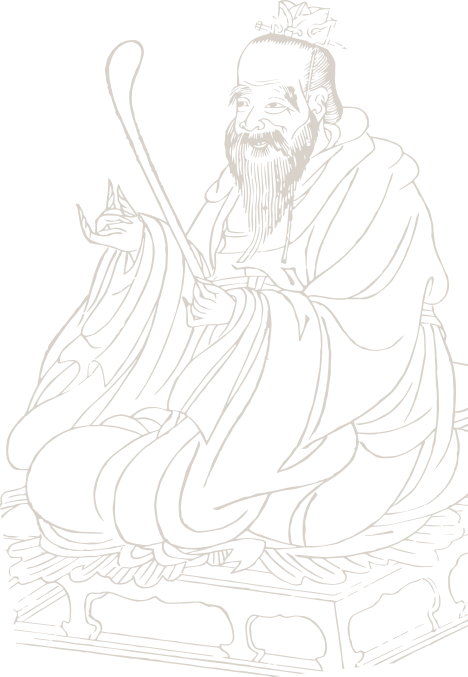Introduction
In 1684, early during the Qing dynasty, the Kangxi emperor embarked on his first southern inspection tour and one his stops was Qufu, the hometown of Confucius (551-479 BCE), the most celebrated teacher and philosopher in Chinese history. While there, Kangxi presented a plaque in his own writing with "Teacher Exemplar for a Myriad Generations," which was hung in the Hall of Great Achievement at the Temple of Confucius. In the following year, the court ordered that rubbing copies be made of the plaque and presented to all temples in the country dedicated to Confucius. Thereafter, "Teacher Exemplar for a Myriad Generations" would become synonymous with Confucius. Today, the plaque for "Teacher Exemplar for a Myriad Generations" hanging at the Hall of Great Achievement in Tainan's Temple of Confucius, the earliest one in Taiwan, is also its largest.
The ancestors of Confucius descended from kings of the late Shang dynasty through nobility in the Song state, but Confucius himself was born in Lu. In Chinese, his surname is Kong (from the family name Zi), personal name Qiu, and style name Zhongni, with later generations referring to him as Kongzi ("Master Kong") or Kongfuzi ("Grand Master Kong"), from which his Latinized name derives. A philosopher and educator who lived during the Eastern Zhou dynasty, Confucius was an important scholar as well. He edited The Book of Poetry and The Book of Documents, added commentaries to The I Ching, established official rites and music, and compiled The Spring and Autumn Annals, having a hand in many of the classics that would become required reading among later generations preparing for the civil service examinations. As a result, Confucius came to exert an enormous influence in Chinese culture. And people even in Japan, Korea, Vietnam, and Southeast Asia were impacted by his teachings, forming a sphere of Confucian culture.
Mencius, the most famous Confucian after Confucius himself, once referred to the master as a "Sage for All Time," meaning that the philosophy of Confucius applies to all times. The sayings, events, and travels to various states of Confucius are preserved in The Analects of Confucius and The School Sayings of Confucius, being scattered in Records of the Grand Historian and the writings of various philosophers as well. The collection of the National Palace Museum is fortunate to have many works related to Confucius. In addition to images of Confucius in paintings and illustrated woodblock prints, there are also many calligraphic works, including famous examples in Han clerical script, rubbings of steles over the ages, classic sayings, and plaques from the imperial brush, all serving as historical traces of the veneration for Confucianism since the Han dynasty. This special exhibition features 35 works divided into four sections: "Portraits of the Sage," "Engravings on Confucius," "Confucianism Through the Ages," and "Illustrating the Classics." Together, they are offered with respect to the legacy of Confucius, "Teacher Exemplar for a Myriad Generations," whose sagacious virtue has nurtured Chinese culture for ages and will continue to do so for years to come.


